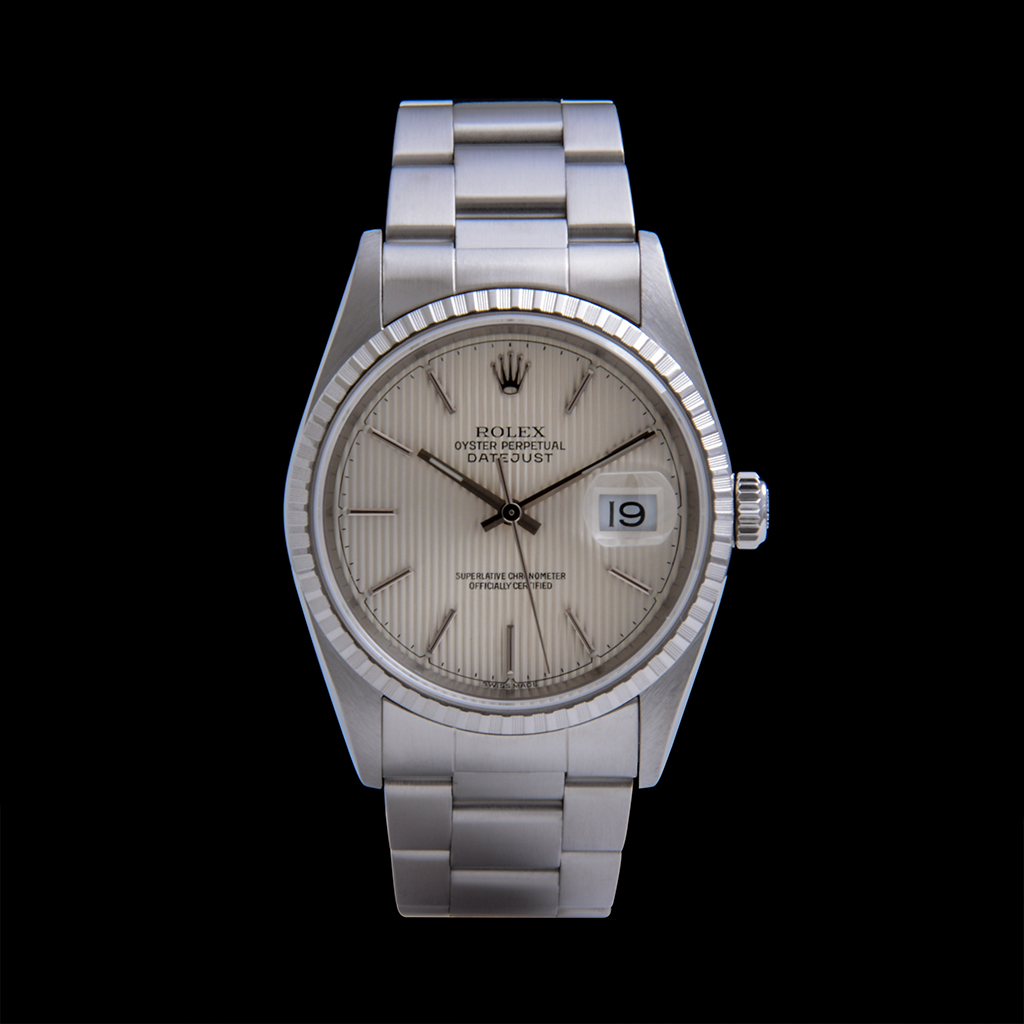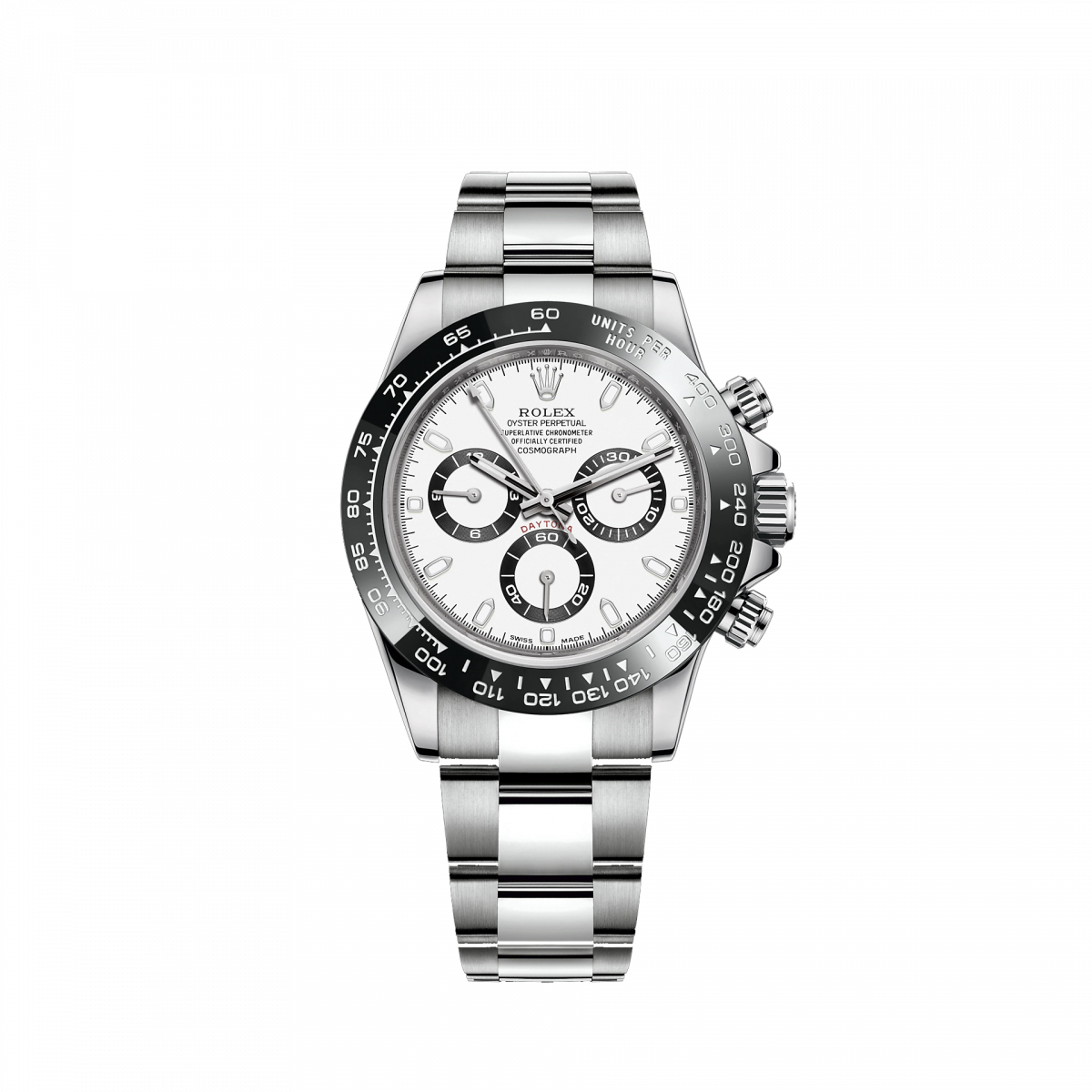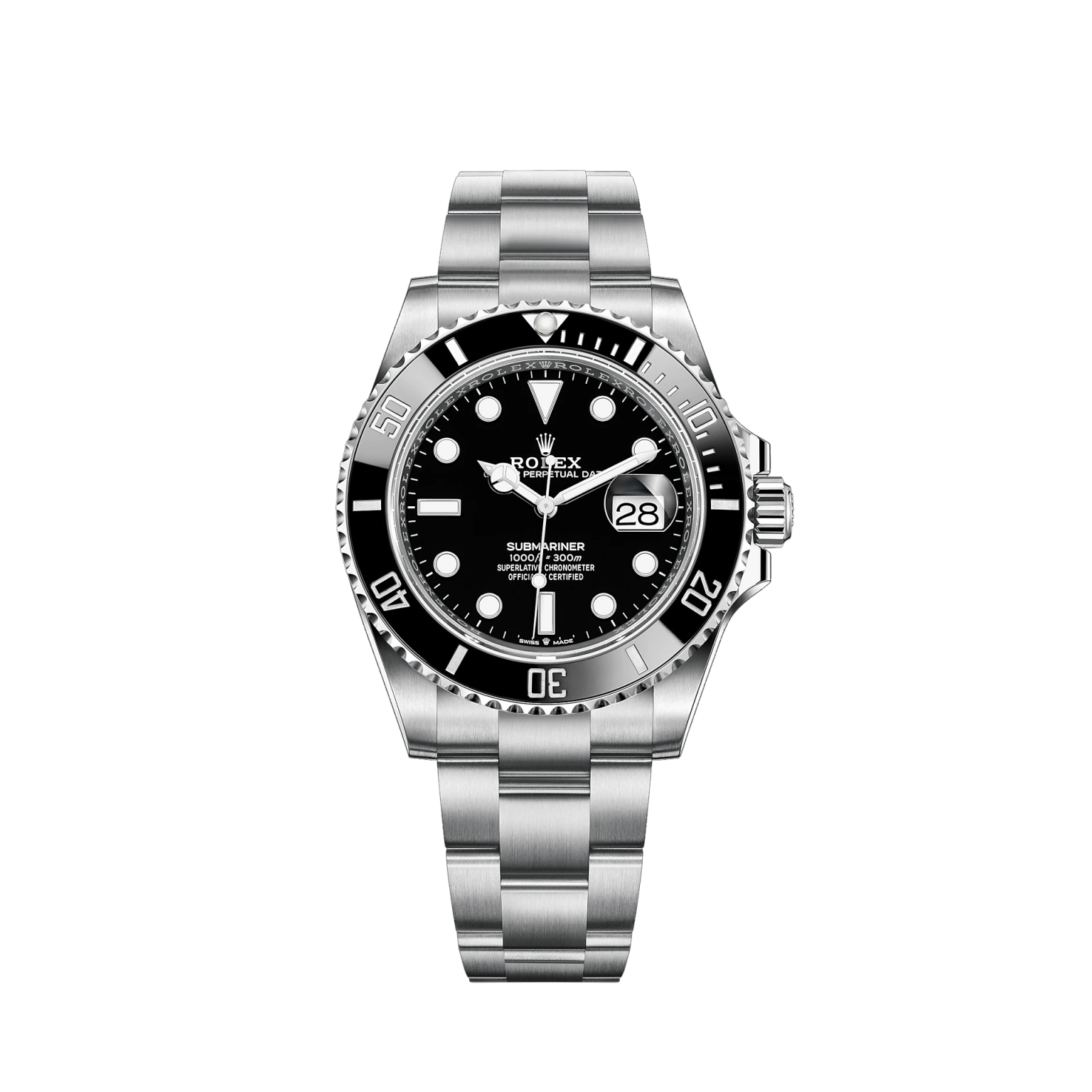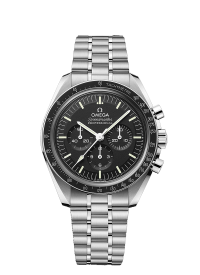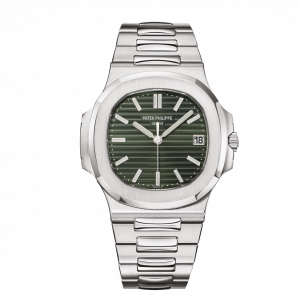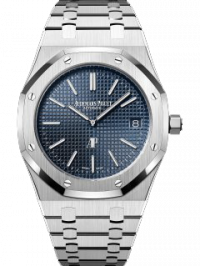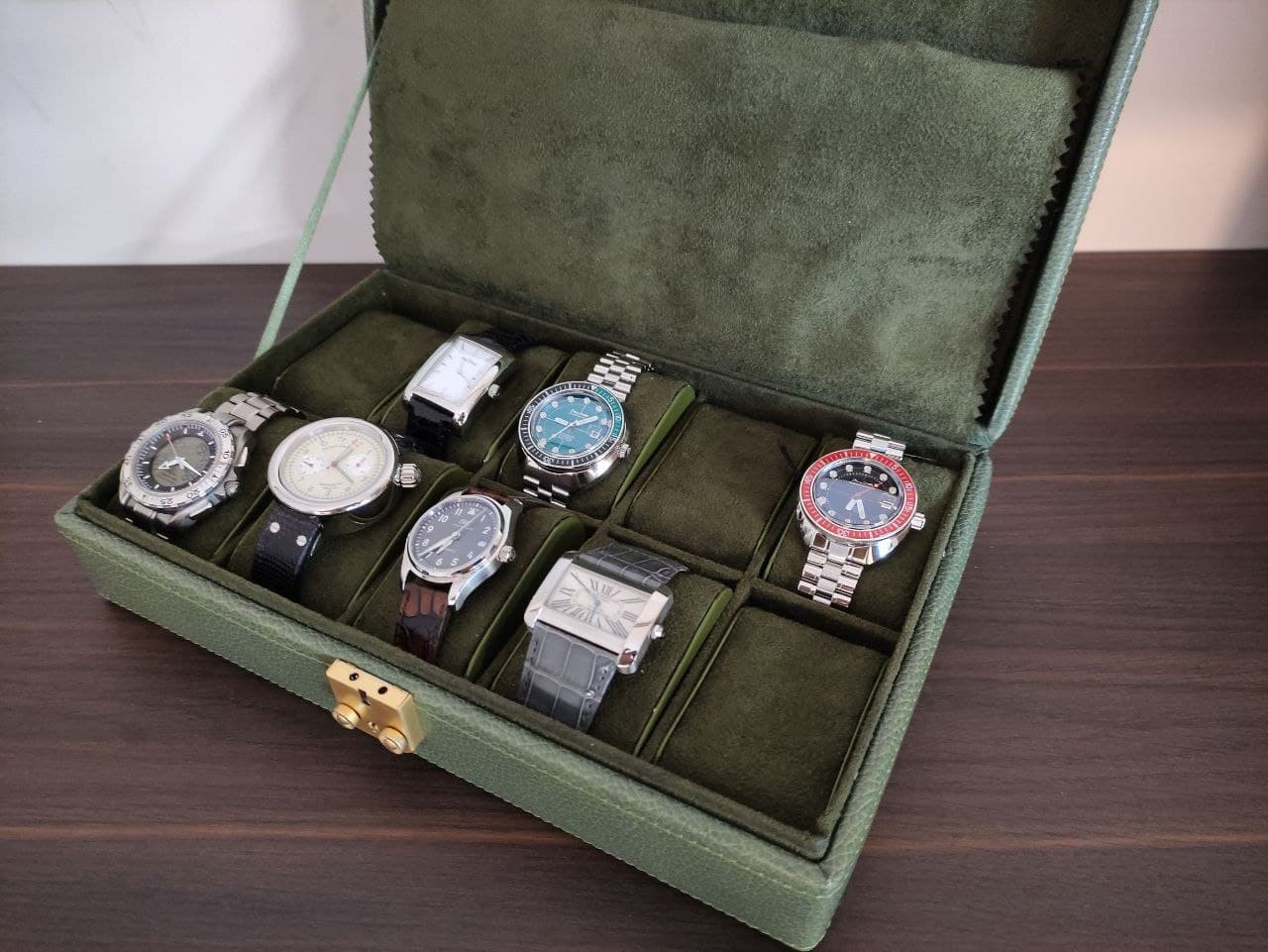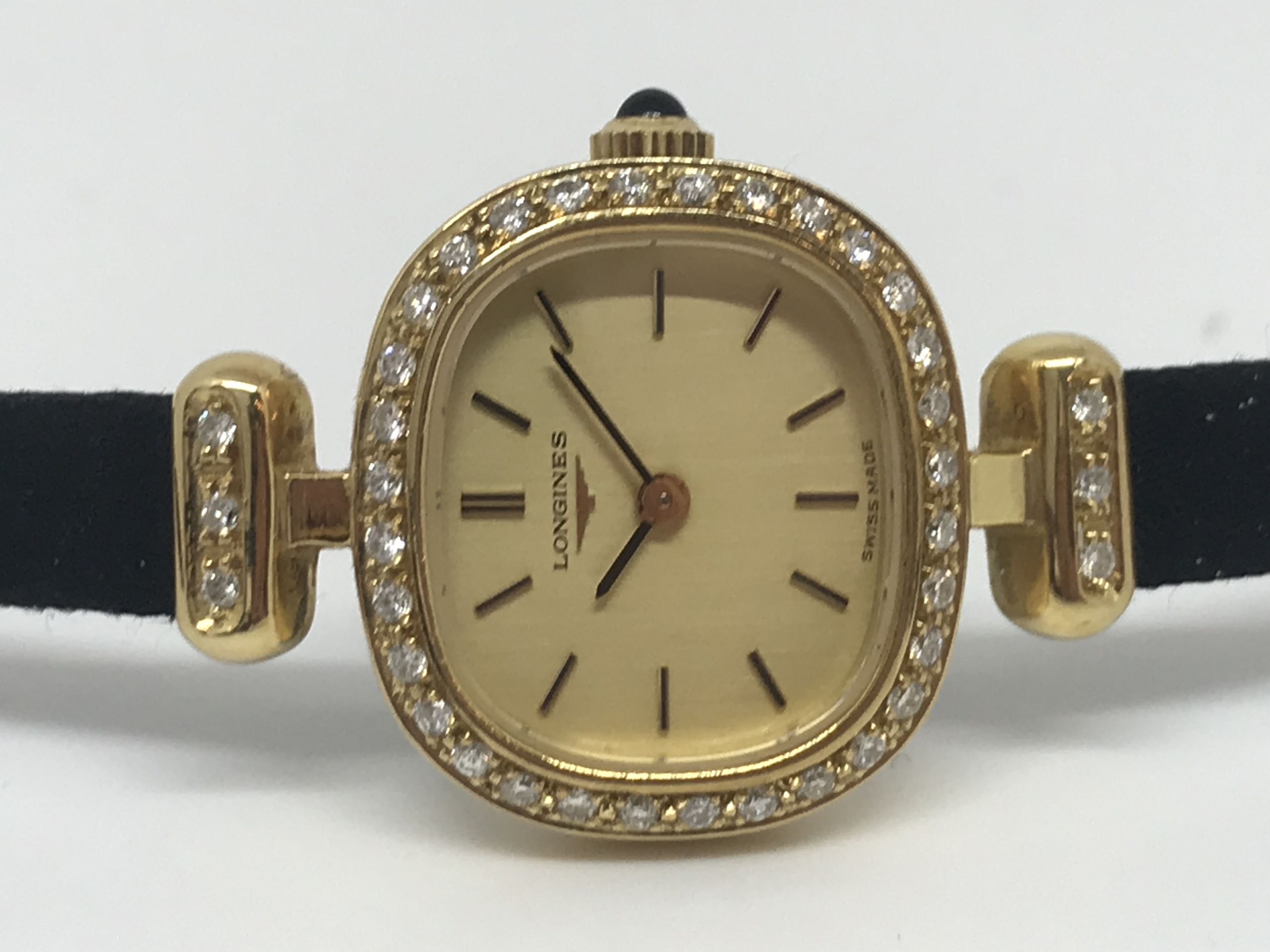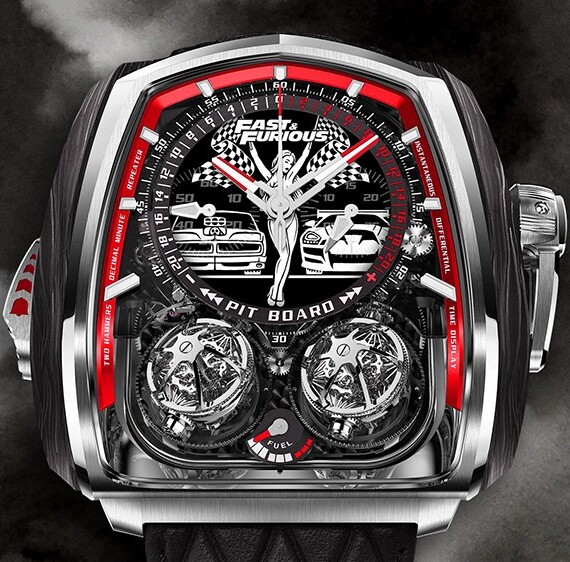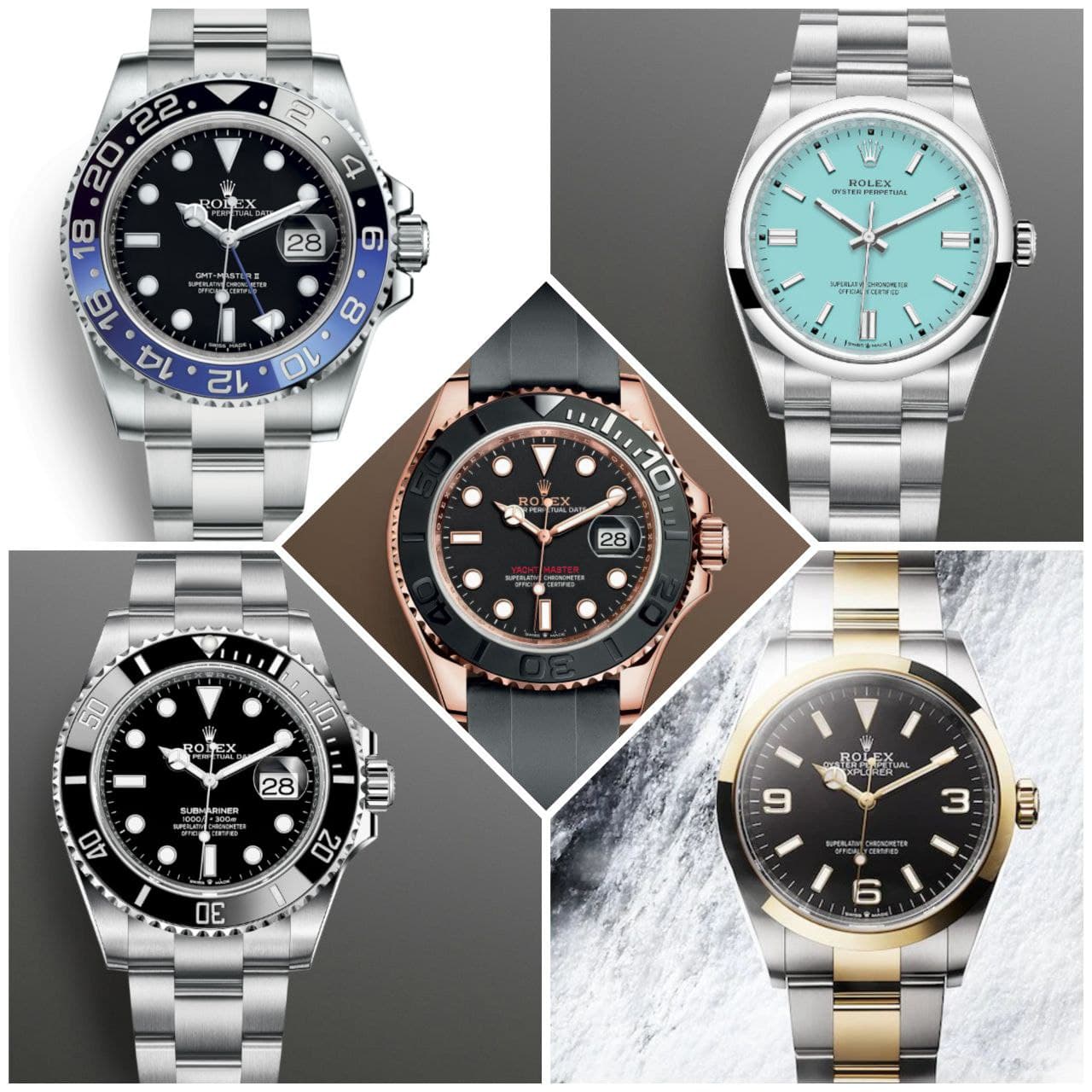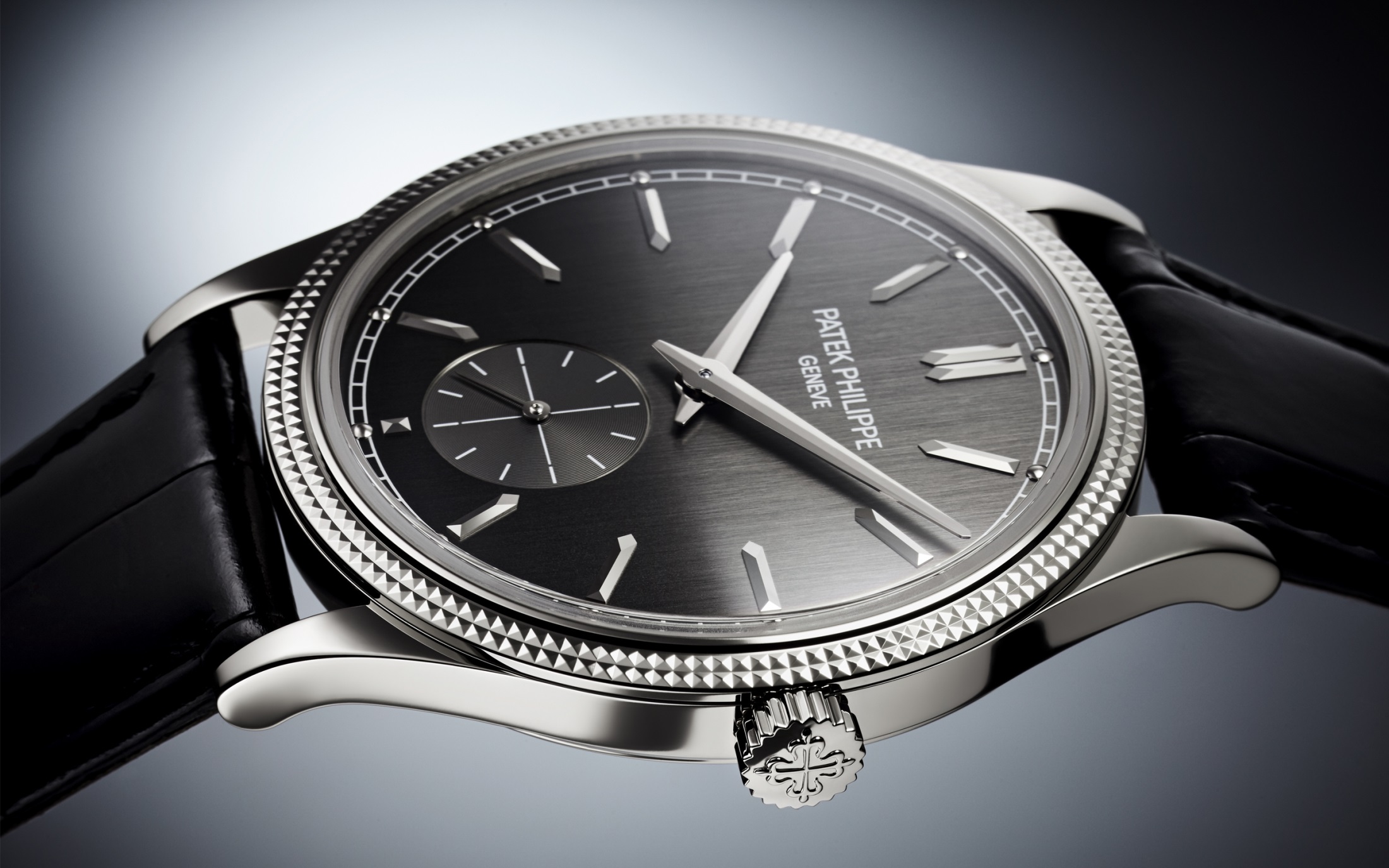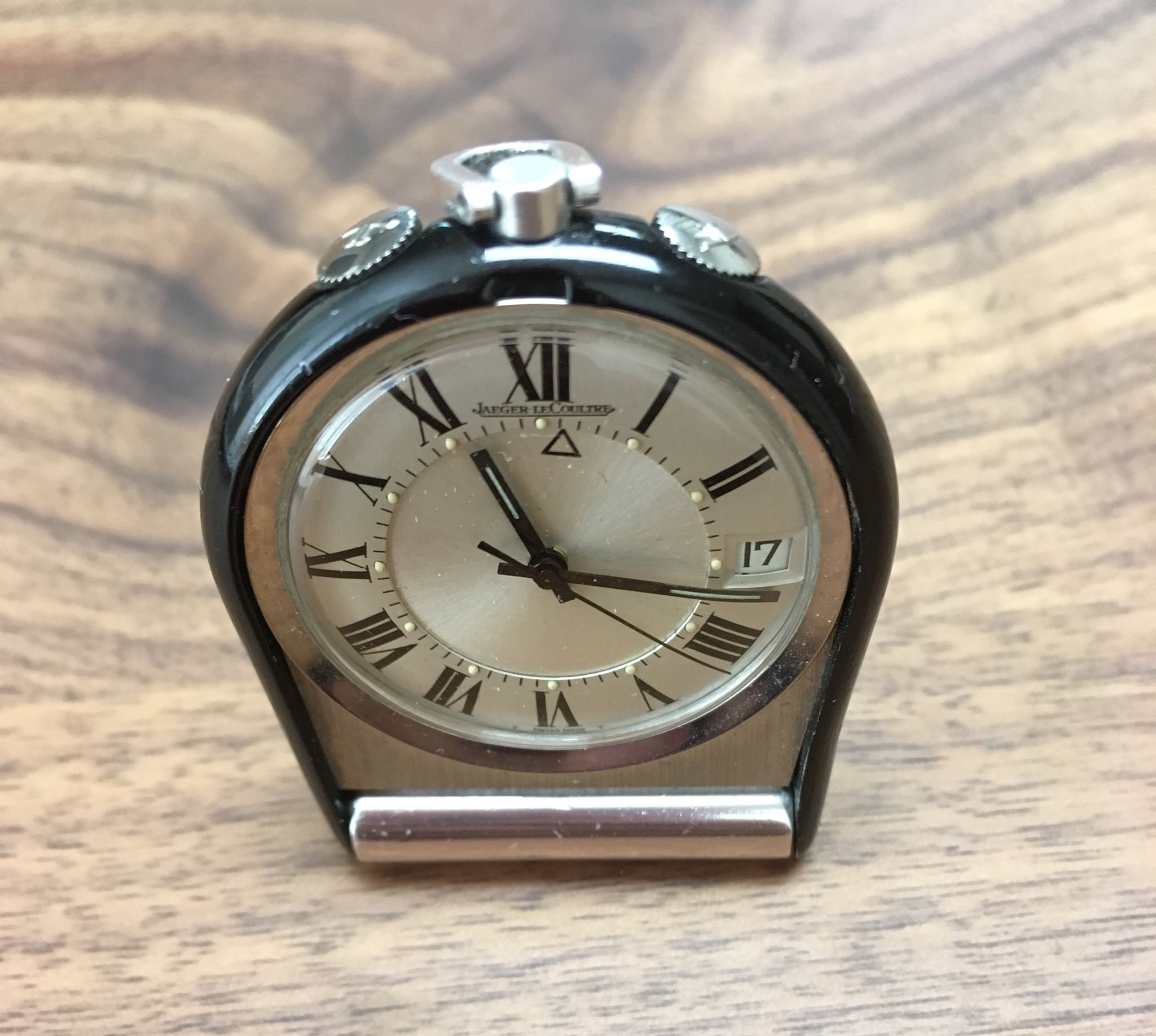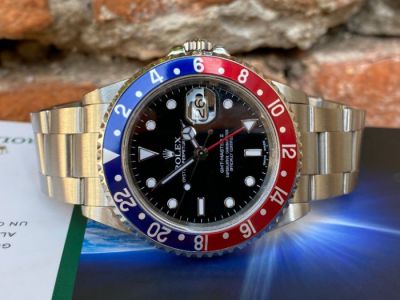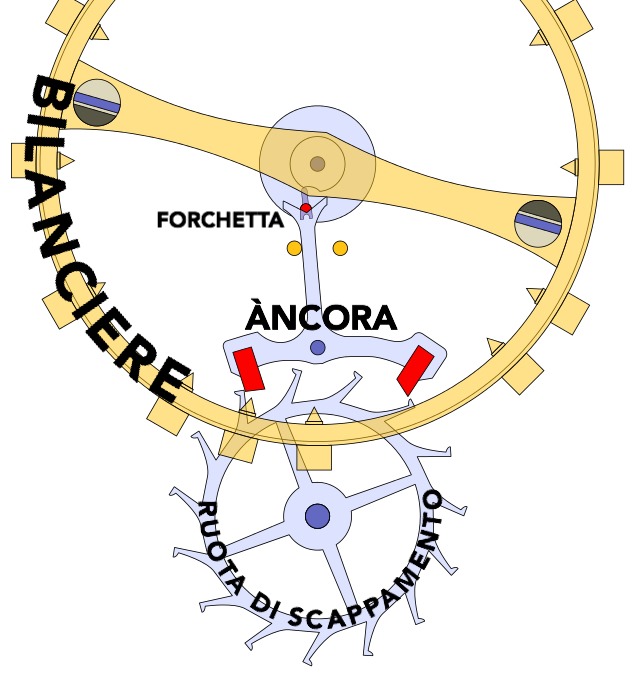Dr. N.
Mechanical watches are powered by a spiral spring, which accumulates elastic potential energy, and releases it gradually, in a constant manner over time, to activate the hands and other mechanisms that may be present.
To keep the watch functioning, the mainspring must always be wound. The charge can be given to the mainspring via a hand-operated mechanism: manual winding. The charge can instead be given via a system that exploits the movement of the watch while it is being worn, and then we are talking about automatic winding.
In this article we will look at the history and advantages of self-winding movements in watches.
A self-winding movement from TAG Heuer
The beginnings: yet another stroke of genius from Breguet
Like many other watchmaking innovations, we owe automatic winding to the genius of Abraham-Louis Breguet. At the end of the eighteenth century, the Neuchâtel inventor faced the problem of maintaining the power of his watches. At the time, manual winding of the watch was done via an external key, which was carried separately from the watch. This method, in addition to being inconvenient, is dangerous for the mechanics because inserting the key inevitably leads to humidity and dust entering the watch.
The solution to this last problem was found by Jean Adrien Philippe in 1844, presenting at the Paris exhibition a mechanism which integrated, in a single crown attached to the watch, the winding and time setting functions. This system, still in use today, greatly impressed an illustrious visitor to the exhibition, Antoine Norbert de Patek: but that's another story ...
Let's go back to Breguet's automatic winding. In 1780, Breguet presents his invention, consisting of an oscillating mass that transforms the jolts of the wearer into elastic potential energy, thanks to an arm connected to the winding spring.
Automatic winding: a difficult and contested path
This extraordinary invention, truly a forerunner of the times, however, did not achieve widespread success. The reason is to be found in the nature of the pocket watch, which Breguet he applied his idea. In fact, a watch carried in the pocket hardly receives enough oscillations along the vertical axis, during a normal day of wearing the watch, to fully wind the spring.
We must wait for the introduction of the wristwatch, between the late 1800s and early 1900s, to find truly practical applications for the concept of automatic winding.
Automatic winding in its definitive form: the watches of the twentieth century
To see the affirmation of the automatic winding mechanism we must wait for the watch to move from the pocket to the wrist, a fashion introduced by women and made popular by the officers of the Great War, who needed a quick method to consult the time, alternatively when extracting the "onion" from the pocket.
Wearing the watch on your wrist, rather than in your pocket, allows you to move it just enough to ensure the correct functioning of the automatic winding mechanism. However, the opposite problem remains: how to prevent excessive movement of the oscillating mass from loading the spring too much, causing it to break?
The first solution found is direct and simple: when the mainspring is fully wound, at maximum tension, it activates a pin which physically blocks the movement of the oscillating mass. However, it is a system spoiled by the wear to which the pin that blocks the oscillating mass is subject, due to the impacts of the oscillating mass against the pin itself. The definitive solution, as often happens in watchmaking, is found by looking to the past. In 1863, Adrien Philippe, who we have already met as the inventor of the winding crown, devised a winding spring with breda. When it reaches maximum tension, instead of tightening until it breaks, the mainspring slides against the fluted inner edge of the barrel. By combining this device with automatic winding, the current method of automatic winding of mechanical watches is obtained: the oscillating mass always winds, and the winding spring “slips” when it is at maximum tension, avoiding breaking.
The first true automatic wristwatches: Harwood and Rolex
In 1923, Harwood introduced the first successful self-winding watch. However, it still has many limitations: the mainspring is not of the "sliding" type, replaced by a complex friction mechanism, and the oscillating mass has only 180° of rotation.
The first to create a self-winding mechanical watch with a 360° oscillating rotor and winding spring with breda was Hans Wilsdorf, with the technology Rolex Oyster Perpetual, introduced in 1930, and which today equips all the brand's models. This system became the basis of most movements used in self-winding watches from then on.
One of the many applications of Rolex's Perpetual technology: the Datejust
Why automatic winding?
The path to creating reliable and precise watches with automatic winding was long and difficult. Why did you choose to undertake it? Let's see the advantages of automatic charging:
- The mainspring, if always kept at maximum tension, releases a constant force to the movement. This allows for greater precision of the watch.
- By not having to manipulate the crown every evening to wind the mechanism, the likelihood of foreign agents penetrating the movement is reduced. Very useful feature especially for diving watches.
- The obvious greater convenience of an automatic winding watch compared to a manually wound one should not be underestimated.
The disadvantages of automatic winding, however, are the greater thickness required for the movement to house the oscillating weight, and the greater complexity compared to manual winding, which potentially exposes it to a greater risk of failure. In fact, as in every branch of mechanics, the principle according to which "what is not there cannot break" is valid. While the second flaw cannot be eliminated for physical reasons, the first has been addressed with considerable ingenuity. Let's cite for example the decentralized winding rotor, introduced by a consortium of the best Swiss fashion houses between the XNUMXs and XNUMXs: we can see an example of this in the movement of Patek Philippe Nautilus.
Contact Dr. N at dr.n@chronosect.com



